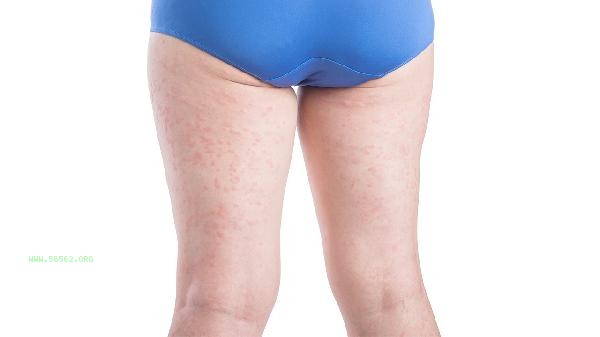Reducing inner thigh fat can be achieved through adjusting dietary structure, targeted exercise training, and improving lifestyle habits. The accumulation of fat on the inner thigh is usually related to factors such as prolonged sitting, changes in hormone levels, and poor local circulation, and requires long-term adherence to scientific methods.

1. Dietary Adjustment
Controlling daily total calorie intake is the foundation of weight loss. It is recommended to increase the intake of high-quality proteins such as chicken breast and fish and shrimp to help maintain muscle mass. Reduce the proportion of refined carbohydrates and replace white rice with coarse grains such as brown rice and oats. Ensure a daily intake of at least 500 grams of dark vegetables, which are rich in dietary fiber and can enhance satiety. Avoid high sugar and high-fat snacks, and choose low oil methods such as steaming and boiling when cooking.
2. Aerobic Exercise
Engage in 4-5 sessions of aerobic exercise per week for at least 30 minutes, such as swimming, elliptical machine training, and other activities that exert less pressure on the knee joint. These exercises can effectively burn body fat, and when the body fat percentage drops to a reasonable range, the fat on the inner thighs will decrease accordingly. It is recommended to use intermittent high-intensity aerobic mode, which has a more significant effect on sustained energy consumption after exercise.
3. Strength training
Equipment training such as sitting leg clamps is performed on the adductor muscle group, with 12-15 repetitions per group, completing 3-4 groups. Self weight training can choose movements such as side lying and leg lifting, ballet style squats, etc., and pay attention to keeping the core tight. Strength training can increase muscle density, make thigh lines tighter, and increase basal metabolic rate by about 8%, forming a sustained fat burning effect.

4. Local care
After exercise, use the foam axis to relax the adductor muscle group, cooperate with massage from the knee to the groin, and promote lymph flow. Wear compression pants with moderate pressure and avoid sitting for more than an hour. Before going to bed, you can do 10 minutes of aerial cycling exercise to improve blood circulation in the lower limbs. These measures can alleviate edematous obesity, but they need to be combined with overall weight loss to be effective.
5. Habit optimization
Adjust walking posture to avoid the inner eight characters and keep the toes facing straight ahead. Choose a seat with moderate hardness and get up and move around every 45 minutes while working. Ensure 7 hours of deep sleep daily, as high cortisol levels can promote fat accumulation in the thighs. Recording daily diet and exercise data and establishing a positive feedback mechanism can help maintain long-term effectiveness.

Weight loss is a systemic process, and there is no specific method for local weight loss. It is recommended to lose no more than 1% of body weight per week, as rapid weight loss can easily lead to skin sagging. Female body fat percentage should not be lower than 18%, and edema before the menstrual period is a normal phenomenon. Regularly measure changes in thigh circumference and evaluate the effectiveness in conjunction with body fat scale data. If there is no improvement for 3 months, it is recommended to seek medical examination for endocrine diseases such as polycystic ovary syndrome. Maintaining patience and regularity is essential for achieving lasting results in healthy weight loss.






Comments (0)
Leave a Comment
No comments yet
Be the first to share your thoughts!